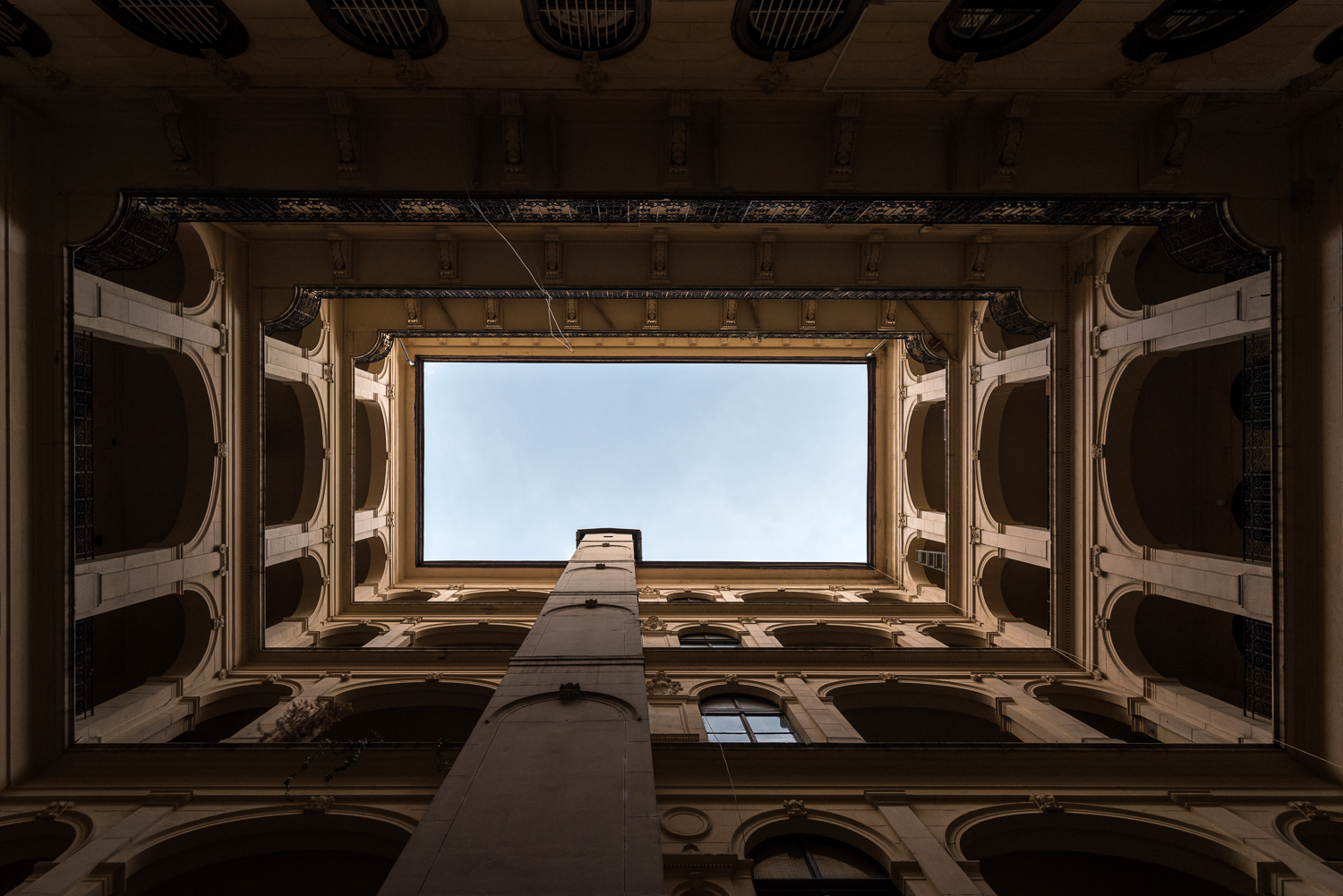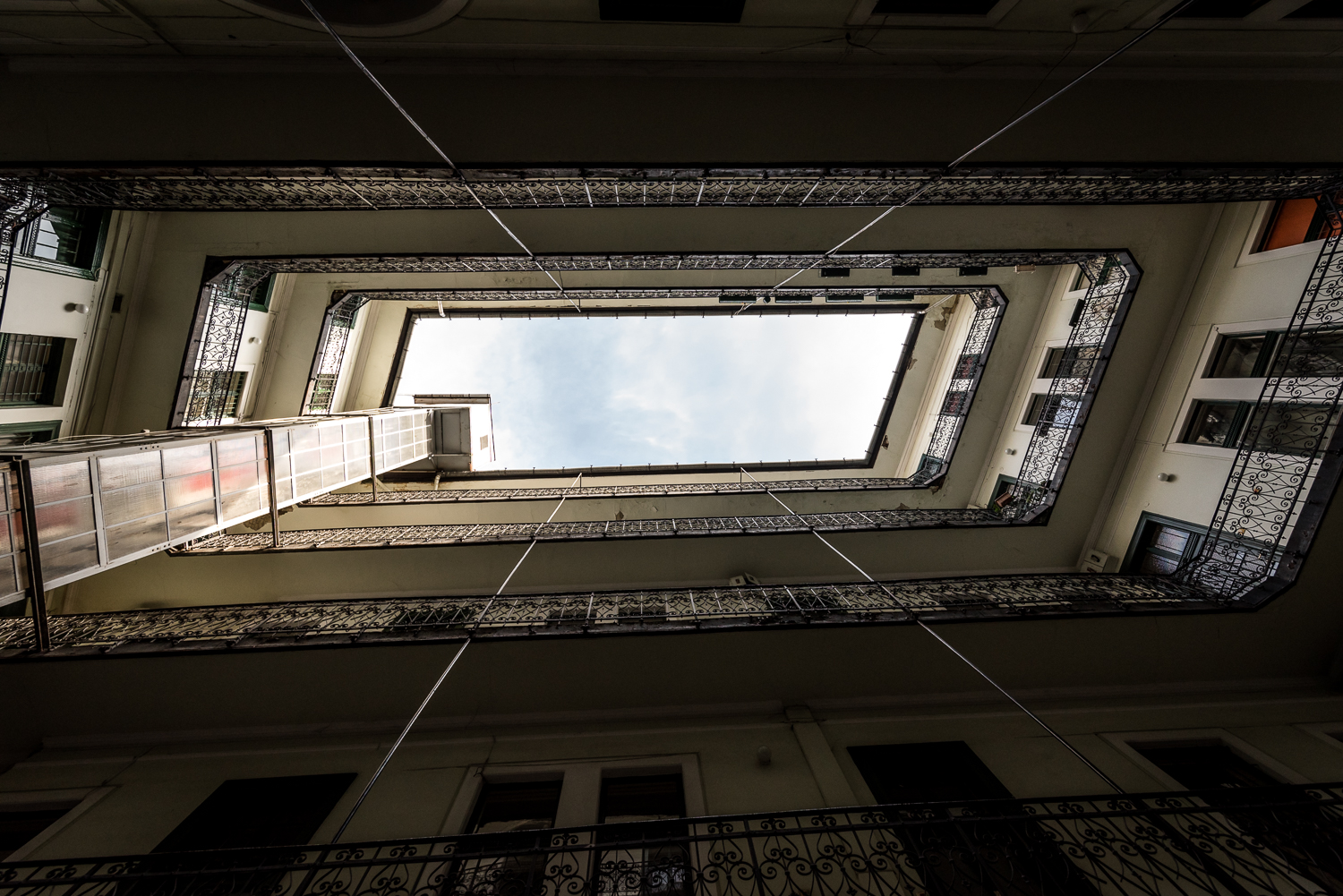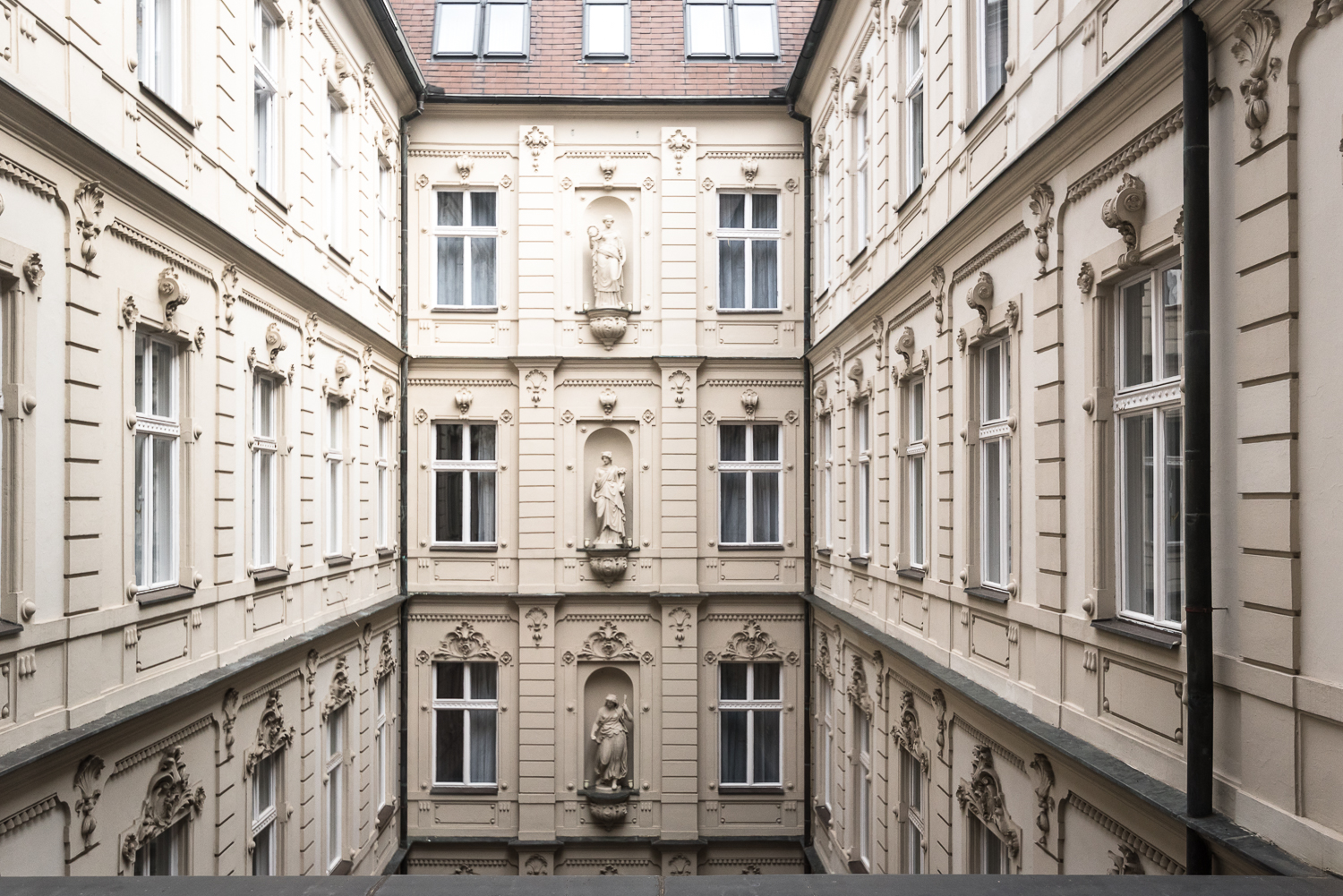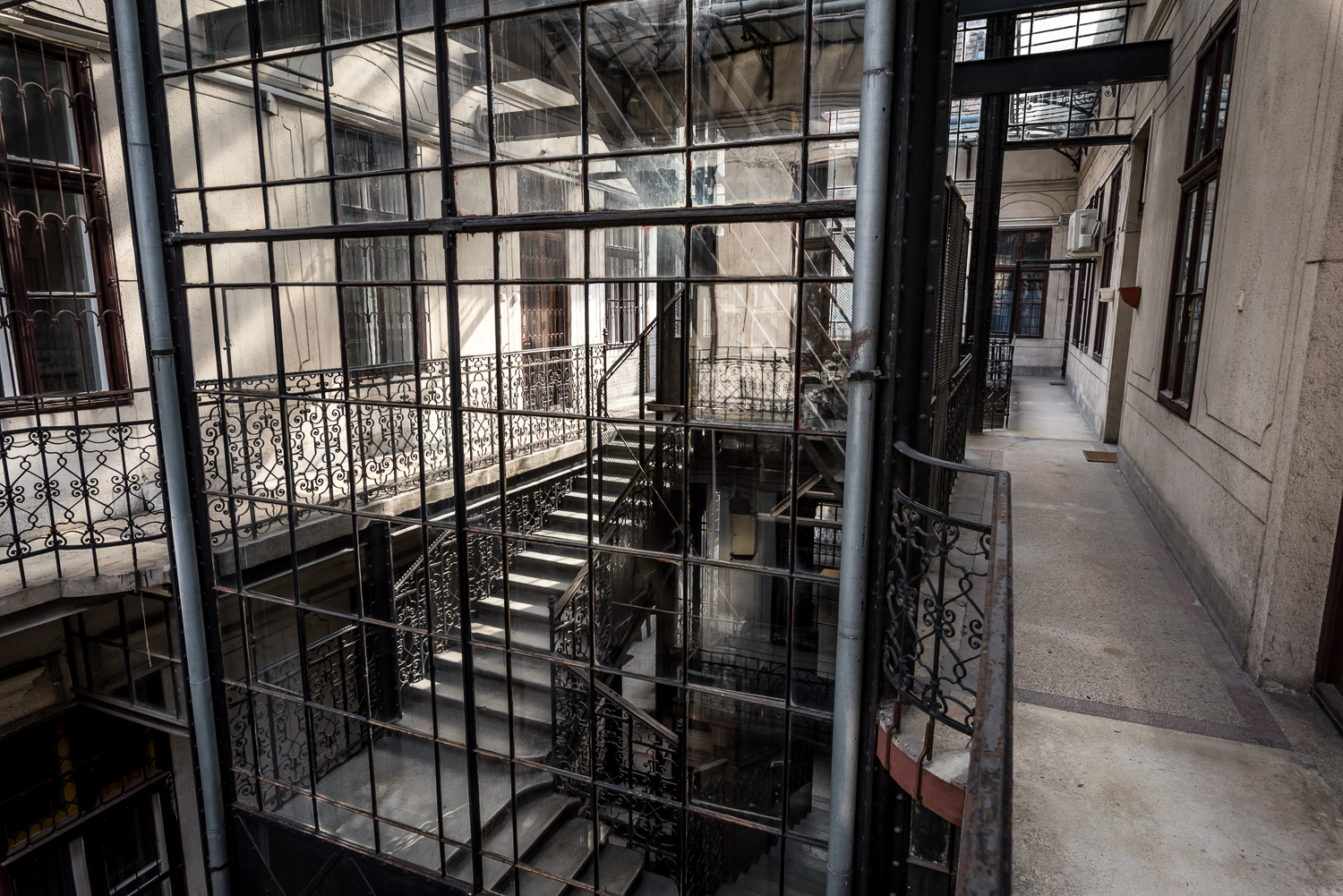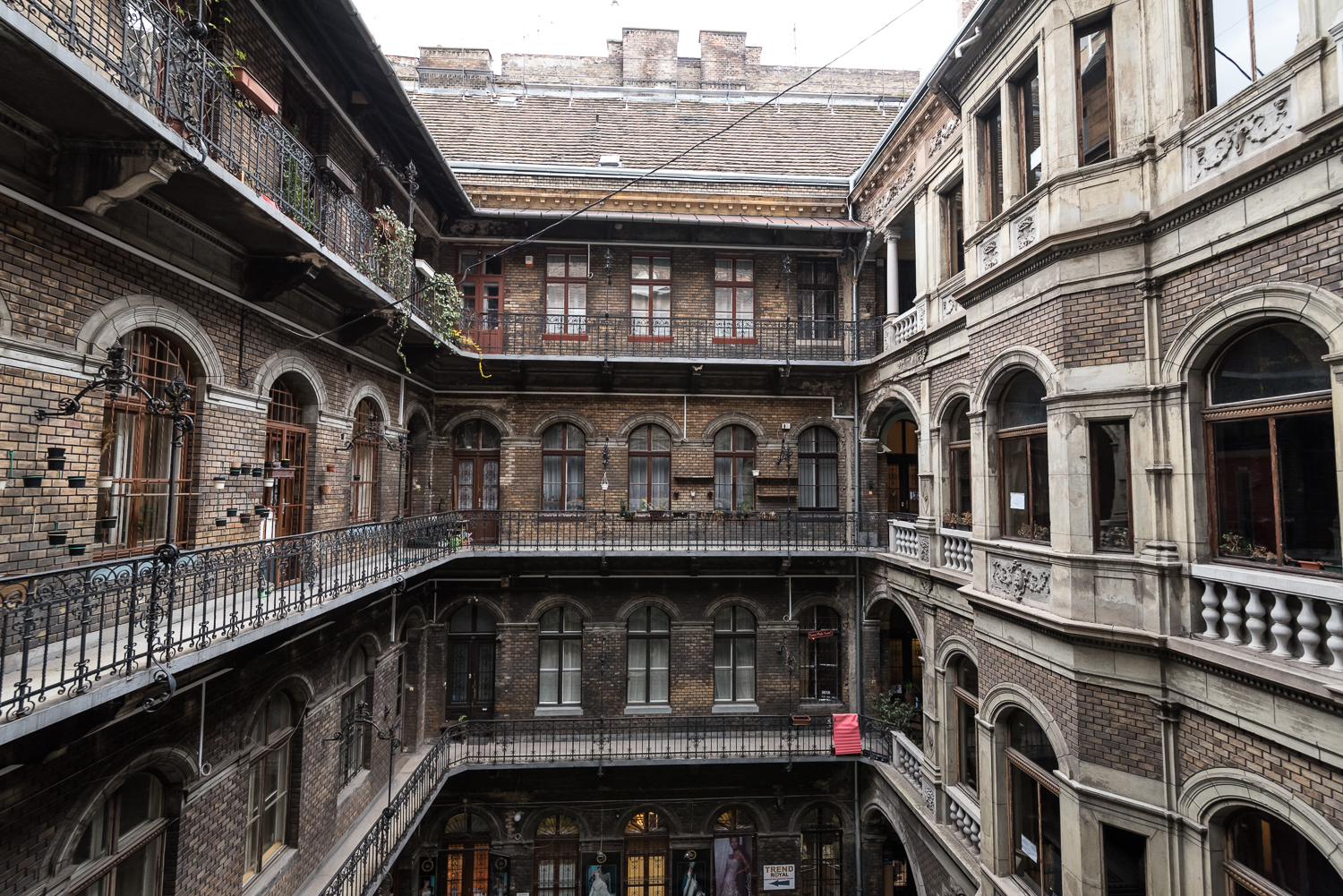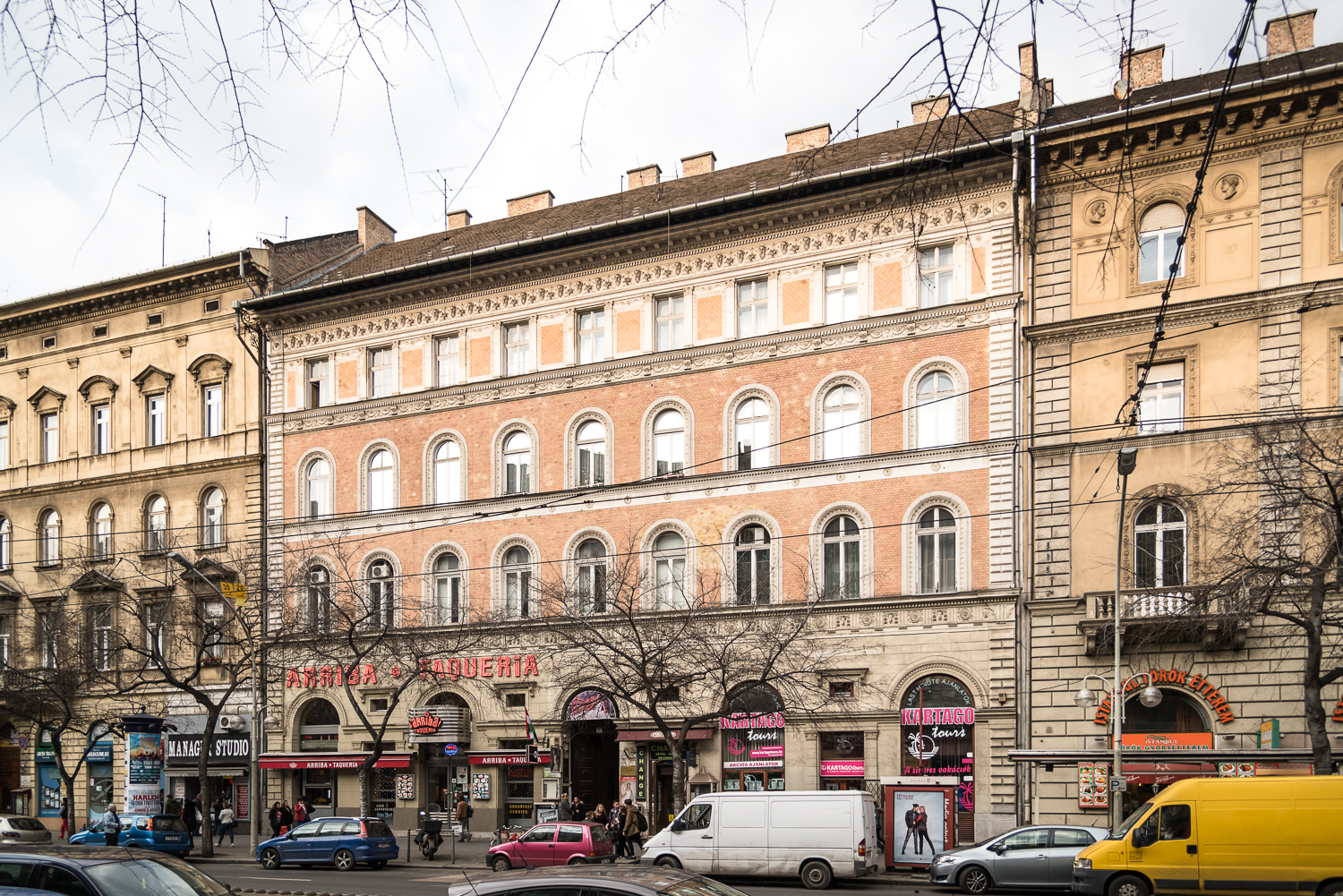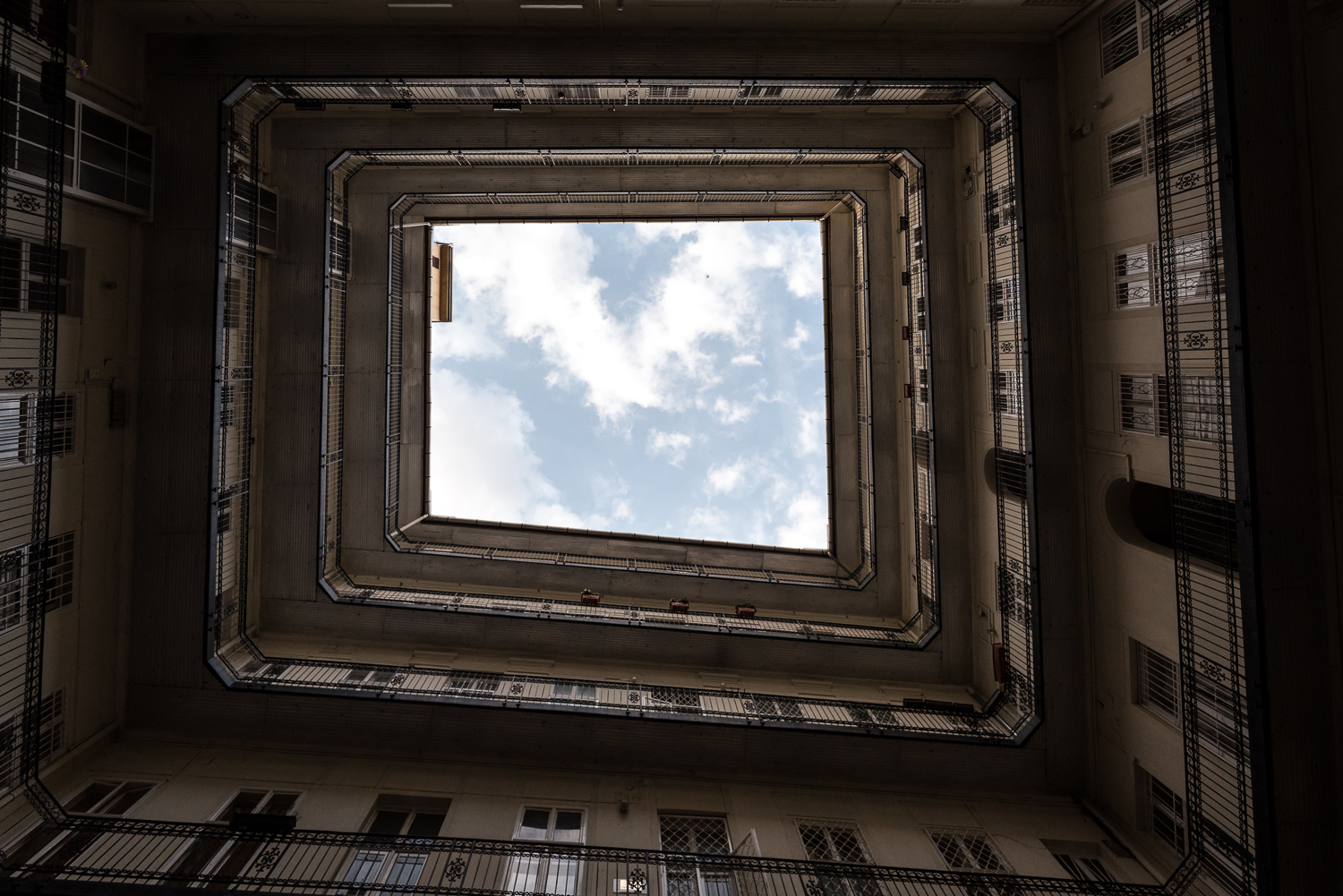1/10
-
Those who join the free events of Budapest100 have the chance to get glimpses into some of the imposing (and often ignored) structures that flank Budapest’s semicircular Grand Boulevard through thematic walks – including English-language guided tours through some of the buildings – while visitors can immerse in re-enactments of historic happenings, fascinating photo exhibitions, and spine-tingling attic expeditions throughout the festivities. We can observe how Budapest100 highlights the valuable structures in the Hungarian capital by not only providing little-known details of the city’s often-overlooked edifices, but through its power to converge communities as the yearly event brings us closer to the residents of these buildings, and it also helps forge stronger unity within the community. During this weekend, look out for buildings marked with the Budapest100 sign – including the establishments listed below – while English-language guides are available at the following locations:
- Ferenc Boulevard 5 – April 16 at 3pm
- József Boulevard 55-57 – April 16 and 17 at 3pm
- Rákóczi Square 10 – April 17 at 11am and 2pm
- Erzsébet Boulevard 35 – April 16 and 17 at 3pm
2/10
Ferenc Boulevard 5
Standing between Boráros Square and Mester Street in District IX, this notable building was home to Hungarian singer Pál Kalmár, who is most renowned as being the first singer to perform “Gloomy Sunday” written by Hungarian composer Rezső Seress, a song that gained global fame and was translated to more than 100 languages – it’s also known as the “Hungarian Suicide Song” for its pessimistic lyrics.
Open: Saturday and Sunday, 11am-4pm
English-friendly program:
- Insights into the history and success of “Gloomy Sunday” – April 16th at 3pm
3/10
Hotel Nemzeti – József Boulevard 4
Investor Róbert Rémi had this imposing masterpiece constructed between 1894 and 1895, based on the plans of Hungarian architect Ernő Schannen. First functioning as a family-run hotel, the quality materials used during the construction always set the building apart, along with its proximity to the former Népszínház – the national theater that stood on Blaha Lujza Square. The National Hotel’s café served as a regular haunt for Hungary’s artists, and here the renowned Gypsy-music violinist Jancsi Rigó teamed up with the café’s confectioner to create a new cake to impress a Belgian countess; he stole her away from her regal husband in a famous scandal of the times. The building received a complete makeover in 2012, but above the restaurant we can still admire the antique stained-glass ceiling, while the staircase features the original handrails and candelabrums, alongside sizeable Venetian mirrors.
Open: Saturday and Sunday, noon-6pm
4/10
Erzsébet Boulevard 44-46
Towering above the intersection of the Grand Boulevard and Dob Street, this classic edifice was built between 1898 and 1899. Boasting a slender tower pointing above the sky, the building has an inner courtyard bisected by a metal-framed glass staircase and an elevator, while the flooring features yellow ceramic tiles. On the outside, a red marble plaque is mounted on the building’s wall on Dob Street with a portrait of venerated Magyar writer Mór Jókai, who was a resident here between 1899 and 1904 – hence the name of the establishment Jókai Court.
Open: Saturday, 10am-6pm
5/10
Erzsébet Boulevard 43-49
This weekend visitors can tour the magnificent edifice of the Corinthia Hotel Budapest, a striking urban palace built between 1895 and 1896, based on the plans of local architects Ármin Schubert and Lajos Hikisch – this was originally the prestigious Grand Hotel Royal , with that name still gracing the recently renovated façade. The hotel’s café was a bustling scene of authors and writers lounging here, while the building’s Royal Apollo cinema was where the first-ever Hungarian sound film was screened.
Budapest100 visitors can visit the hotel lobby and public facilities
6/10
Teréz Boulevard 7
Hungarian landowner Jakab Sváb assigned one of the era’s most popular architects, Vilmos Freund, to create this French neo-Renaissance building in 1887, before Sváb offered his wealth to foundations, orphanages, scholarship funds, and cultural associations prior to his death in 1893. The rectangular structure hides two inner courtyards, and the street-side façades on the second and third level are covered with bricks.
Not open to the public
7/10
Teréz Boulevard 22
This apartment house near was built between 1886 and 1887 according to the plans of German architect Henrik Schmahl, whose later works included renowned buildings such as the on Rákóczi Road or the on (currently under renovation). Schmahl was contracted by Austrian industrialist, painter, and director of the Wienerberger brick factory, Richard von Drasche-Wartinberg. The outer part of the plastered façade demonstrates German Renaissance elements, while the inner part facing the courtyard is covered with bricks. On the pediment, a stylized sundial is mounted above the proprietor family’s coat of arms.
Open: Saturday and Sunday, 10am-5pm
English-friendly programs:
- Where are you from? Stick your address on the world map to show where your home country is – April 16 and 17, 10am to 5pm
- Staircase Show: photo exhibition with 30 portraits depicting snippets of the Grand Boulevard’s history in the past hundred years – April 16 and 17, 10am to 5pm
8/10
Teréz Boulevard 25
This three-story house was designed by Henrik Schmahl and constructed between 1886 and 1887. The building’s contractor, Gusztáv Politzer (who hired Schmahl for numerous construction works), gained great wealth from trade, bank transactions, and proceeds deriving from apartment buildings. Here, the ground floor section of the façade is plastered – in unusually good condition in comparison to most of the edifices – with the first and second floors adorned with brickworks, while the surface between the windows on the third floor is filled with brick-red tiles.
Open: Saturday, 10am-4pm
English-friendly programs:
- Photo exhibition of the building and its residents – April 16, 10am to 4pm
- Piano concert by Akito Goto – April 16, noon
9/10
Vígszínház – Szent István Boulevard 14
Unlike the ring road in Vienna that encompasses the city’s downtown zone, Budapest’s is not lined by many public edifices, but the notable ones definitely include the striking building of the (“Comedy Theater” in Hungarian) designed by Austrian architects Ferdinand Fellner and Hermann Helmer. The construction company of Hungarian building engineer Lipót Harvel was in charge for the implementation, and the formerly private theater building was completed by 1896. Its structure was severely damaged during World War II, but after thorough restoration works it reopened again in 1951.
Open: Saturday and Sunday, 2pm-9pm
10/10
Szent István Boulevard 2
This corner building on Jászai Mari Square was built with the plans of Hungarian architect Gyula Kauser, after he was contracted by local resident Lajos Foglár and his wife. The courtyard’s floor plan features a trapezoidal shape, and in the past a tower and even a pediment festooned the property. A renowned resident of the house was Hungarian writer and poet György Faludy, who lived here between 1996 and 2003.
Open: Saturday and Sunday, 10am-6pmWe would like to thank the volunteers of Budapest100, Zsófia Banai, Márk Görbe, Dóra Halasi, András Jeney, Gabriella Juhász, Kristóf Kelecsényi, and Anna Zsoldos for assisting this article with their research. For the latest news, detailed information, and maps visit the official website of Budapest100.
